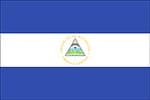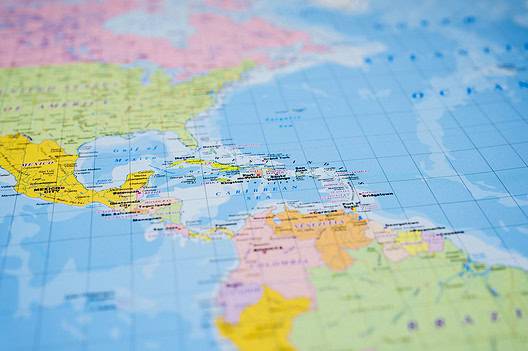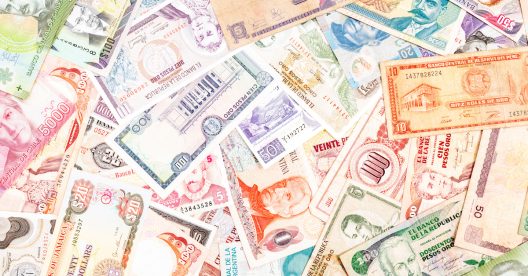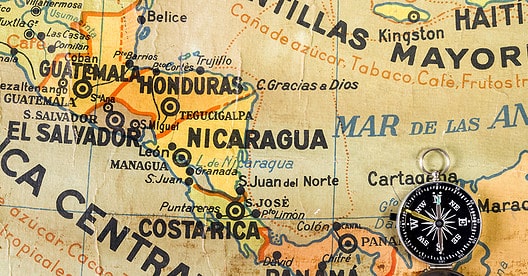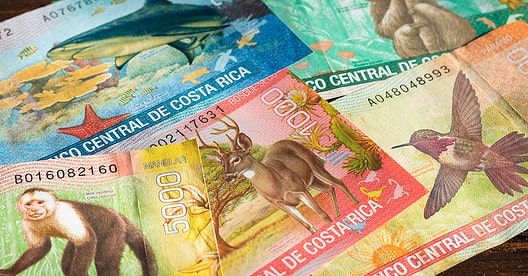Includes historical data for Nicaragua’s Gross Domestic Product growth, debt-to-GDP ratio and more, as well as information on trade, banking and financial sector leadership.
Open Economy Benefits From Free Trade
Nicaragua’s economy is primarily dependent on light manufacturing, mineral extraction and agriculture. An open economy that benefits from the CAFTA-DR free trade agreement with the United States and from foreign direct investment and remittances, it notwithstanding remains one of the poorest in the region. A weak rule of law, opaque investment frameworks, insufficient infrastructure and chronic underemployment are some of the issues that have constrained its long-term growth potential and per capita incomes.
Macroeconomy & Sovereign Data
| Type of Government | Parliamentary republic |
|---|---|
| Capital | Managua |
| Sovereign Ratings |
S&P: B Moody’s: B2 Fitch: B– |
| Total Population | 6.7 million |
| Median Age | 25.6 |
| Adult Per Capita Income (PPP) | 10,381.56 |
| Total GDP (2023) | 18.3 billion |
Nicaragua GDP & Economic Overview
Most Recent Content
Nicaragua
Banking & Finance
Trade & Investment
| Total Exports | USD 8.2 billion (2023) |
|---|---|
| Leading Exports |
Clothing And Apparel Gold Insulated Wiring Coffee Beef Cigars |
| Total Imports | USD 9.6 billion (2022) |
| Leading Imports |
Refined Petroleum Clothing And Apparel Crude Petroleum Packaged Medicines Insulated Wiring |
| Source: | World Integrated Trade Solution |
Nicaragua Leading Companies
| Banco Nacional de Nicaragua (Bancentro) | Financials |
|---|---|
| Banco Lafise Nicaragua | Financials |
| Grupo Pellas | Conglomerates |
| Telefónica Nicaragua | Telecommunication Services |
| Grupo Pellas | Conglomerates, Consumer Discretionary, Industrials |
| Grupo Sol | Consumer Discretionary, Food & Staples Retailing |
| Cervecería Nacional | Consumer Staples, Breweries |
Major Trade Partners — Import
| United States | 25% |
|---|---|
| China | 12% |
| Mexico | 9% |
| Netherlands | 7% |
| Guatemala | 7% |
Major Trade Partners — Export
| United States | 57% |
|---|---|
| Mexico | 12% |
| El Salvador | 6% |
| Honduras | 5% |
| Costa Rica | 3% |
Global Finance Rankings & Awards
Data Sources:
UN World Population Prospects
World Inequality Report
S&P Global Ratings
Moody’s
Fitch Ratings
IMF Direction of Trade Statistics (DOTS)
UN Conference on Trade and Development (UNCTAD)
CIA The World Factbook
World Bank’s World Integrated Trade Solution
Forbes Global 2000
